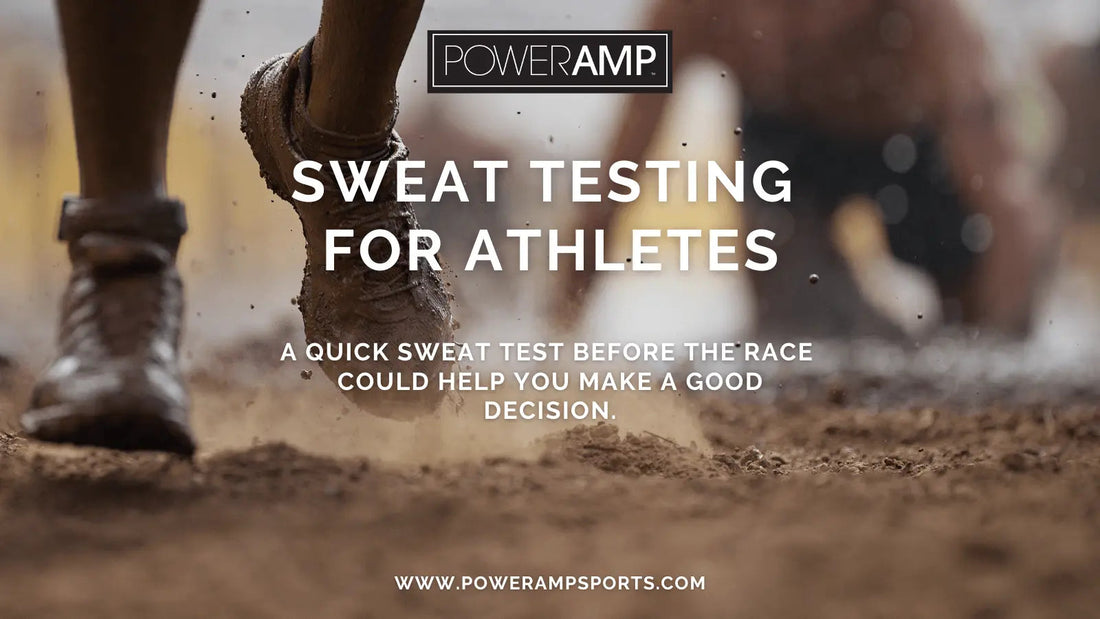A quick sweat test before the race could help you make a good decision.
- Want to know what sweat testing is? First, you need to know about sweat and why your body may sweat differently than someone else's. It's a ferocious physiological battle every time you start a long race or begin hard training. Yet, your body is desperately trying to maintain homeostasis in the face of these challenges. Yet, at the same time, we are willing to do anything to return some degree of balance.
- As externalities challenge the body, it seeks to maintain a stable internal environment and regulate its core body temperature, blood pressure, and pH levels. The processes that help achieve these tasks are called homeostasis. Ultimately, tiredness, slowness, and more can all come from a failure of homeostasis in one way or another. For example, when you exercise for a long time (particularly in the heat), homeostasis is challenged by the loss of blood plasma volume and everything else.
Sweating
- We can spend much time running, cycling, or swimming because sweating makes it so that we don't over-exert ourselves and overheat. It is why the best athletes can spend hours in hot conditions and still perform at their best. Sweating is the primary way we cool down, which is why we can do exercises even in conditions of high temperatures. (For example, the Ironman World Championships!)
Hydrating
- Drinking enough water is essential for performance, but there's much debate over what to drink. Enter sweat testing!
Why Sweat Test?
- There is no one-size-fits-all solution to the amount of water or fluids an athlete should drink. For example, a football player might need to consume substantially more than someone who runs on a treadmill for 30 minutes. It's different in the amount of sweat lost and how much sodium you lose during a workout or race.
- For example, different people sweat differently, meaning there's much difference in how much and what gets lost. So even if two people are running at the same event, one might lose more liquid than the other. People with high-exertion jobs need to be mindful of fluid versus salt needs.
- Therefore, it's hard to make generalized recommendations that will always be enough to deal with athletes' need for good health. That's because each individual has different needs, and it's tough to make a blanket statement that would work for everybody. Sweat testing can help athletes better understand their sweat rate and concentration, guiding their intake parameters.
- Trying to sweat-test someone to get a very exact hydration prescription is often misunderstood or misrepresented as the primary goal of the process. In reality, it's better to think of giving an athlete a ballpark framework for how much sodium and water they should drink, along with more accurate readings.
- Sweat tests can give ballpark figures for sodium & you can adjust fluid intake before race day. For example, if your sweat rates are low on Friday but high on Sunday, you need more fluids before Sunday.
How to Do a Sweat Rate Test
- It's easy to estimate the number of calories you're burning by weighing yourself before and after a workout. Measure the difference in weight and account for liquid or food consumed during exercise. The result is an accurate daily caloric expenditure. You can find your sweat rate in milliliters by dividing the weight you've lost kilograms by how many hours you've been exercising vigorously (= ). Do this a few times in similar conditions (environment, mode, and intensity) to estimate how much fluid you'll probably lose per hour.
How to Do a Sweat Sodium Test
- Sodium loss tests typically require some lab analysis (although wearable sweat patches that measure sodium loss on the skin are starting to emerge).
- There is a silver lining, however. As far as anxiety goes, salt sweat levels tend to stay relatively stable within an individual over time. So it's only something you may need to monitor for a short period.
- One way for gymgoers to measure their sweat loss is to use a patch that soaks up perspiration and then collects and analyzes the sweat in syringes.
- Undertaking a sweat analysis is crucial if you want to perform your best in hotter and more prolonged events. Understanding how much you sweat on average and what sodium levels you lose can prove invaluable. Knowledge of race-day nutrition allows you to experiment with various combinations and make adjustments as needed without risking your performance on race day.
- POWERAMP Rapid Hydration is perfect for hydration! It helps you replenish water, electrolytes; sodium that you sweat out. It tastes delicious, is clear, and will keep you on the go. Electrolyte Rapid Hydration Powder is designed to keep your body hydrated & energized so you can play better, quicker, and smarter. Now you can recover faster, so you already feel ready for the next big game day.



Leave a reply
Nunc vehicula quam semper odio varius tincidunt. Vestibulum ante ipsum primis in faucibus orci luctus et ultrices posue.
Please note, comments need to be approved before they are published.